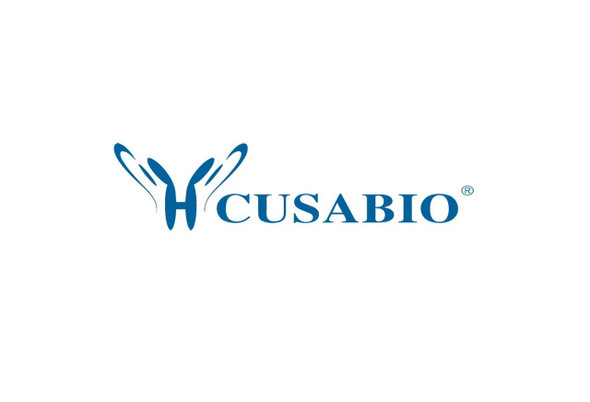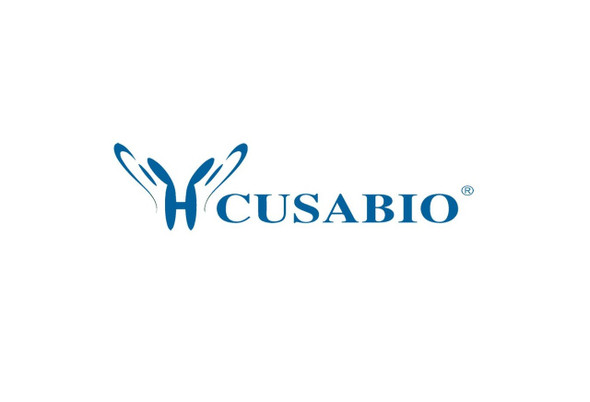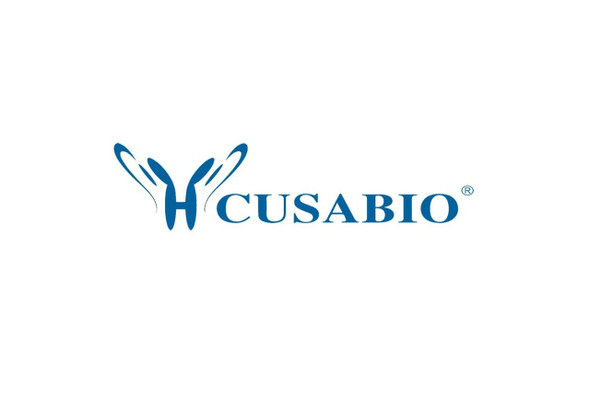Cusabio Human Recombinants
Recombinant Human Transcription factor SOX-2 (SOX2) | CSB-EP022426HU
- SKU:
- CSB-EP022426HU
- Availability:
- 3 - 7 Working Days
Description
Recombinant Human Transcription factor SOX-2 (SOX2) | CSB-EP022426HU | Cusabio
Alternative Name(s): ANOP3; cb236; Delta EF2a; lcc; MCOPS3; MGC148683; MGC2413; RGD1565646; Sex determining region Y box 2; SOX 2; Sox2; SOX2_HUMAN; SRY (sex determining region Y) box 2; SRY box containing gene 2; SRY related HMG box 2; SRY related HMG box gene 2; SRY-box 2; Transcription factor SOX 2; Transcription factor SOX-2; ysb
Gene Names: SOX2
Research Areas: Transcription
Organism: Homo sapiens (Human)
AA Sequence: MYNMMETELKPPGPQQTSGGGGGNSTAAAAGGNQKNSPDRVKRPMNAFMVWSRGQRRKMAQENPKMHNSEISKRLGAEWKLLSETEKRPFIDEAKRLRALHMKEHPDYKYRPRRKTKTLMKKDKYTLPGGLLAPGGNSMASGVGVGAGLGAGVNQRMDSYAHMNGWSNGSYSMMQDQLGYPQHPGLNAHGAAQMQPMHRYDVSALQYNSMTSSQTYMNGSPTYSMSYSQQGTPGMALGSMGSVVKSEASSSPPVVTSSSHSRAPCQAGDLRDMISMYLPGAEVPEPAAPSRLHMSQHYQSGPVPGTAINGTLPLSHM
Source: E.coli
Tag Info: N-terminal 6xHis-SUMO-tagged
Expression Region: 1-317aa
Sequence Info: Full Length
MW: 50.3 kDa
Purity: Greater than 90% as determined by SDS-PAGE.
Relevance: Transcription factor that forms a trimeric complex with OCT4 on DNA and controls the expression of a number of genes involved in bryonic development such as YES1, FGF4, UTF1 and ZFP206 . Critical for early bryogenesis and for bryonic st cell pluripotency. May function as a switch in neuronal development. Downstream SRRT target that mediates the promotion of neural st cell self-renewal . Keeps neural cells undifferentiated by counteracting the activity of proneural proteins and suppresses neuronal differentiation .
Reference: System-wide temporal characterization of the proteome and phosphoproteome of human embryonic stem cell differentiation.Rigbolt K.T., Prokhorova T.A., Akimov V., Henningsen J., Johansen P.T., Kratchmarova I., Kassem M., Mann M., Olsen J.V., Blagoev B.Sci. Signal. 4:RS3-RS3(2011)
Storage: The shelf life is related to many factors, storage state, buffer ingredients, storage temperature and the stability of the protein itself. Generally, the shelf life of liquid form is 6 months at -20?/-80?. The shelf life of lyophilized form is 12 months at -20?/-80?.
Notes: Repeated freezing and thawing is not recommended. Store working aliquots at 4? for up to one week.
Function: Transcription factor that forms a trimeric complex with OCT4 on DNA and controls the expression of a number of genes involved in embryonic development such as YES1, FGF4, UTF1 and ZFP206 (By similarity). Critical for early embryogenesis and for embryonic stem cell pluripotency. May function as a switch in neuronal development. Downstream SRRT target that mediates the promotion of neural stem cell self-renewal (By similarity). Keeps neural cells undifferentiated by counteracting the activity of proneural proteins and suppresses neuronal differentiation (By similarity).
Involvement in disease: Microphthalmia, syndromic, 3 (MCOPS3)
Subcellular Location: Nucleus
Protein Families:
Tissue Specificity:
Paythway: Hipposignalingpathway
Form: Liquid or Lyophilized powder
Buffer: If the delivery form is liquid, the default storage buffer is Tris/PBS-based buffer, 5%-50% glycerol. If the delivery form is lyophilized powder, the buffer before lyophilization is Tris/PBS-based buffer, 6% Trehalose, pH 8.0.
Reconstitution: We recommend that this vial be briefly centrifuged prior to opening to bring the contents to the bottom. Please reconstitute protein in deionized sterile water to a concentration of 0.1-1.0 mg/mL.We recommend to add 5-50% of glycerol (final concentration) and aliquot for long-term storage at -20?/-80?. Our default final concentration of glycerol is 50%. Customers could use it as reference.
Uniprot ID: P48431
HGNC Database Link: HGNC
UniGene Database Link: UniGene
KEGG Database Link: KEGG
STRING Database Link: STRING
OMIM Database Link: OMIM









